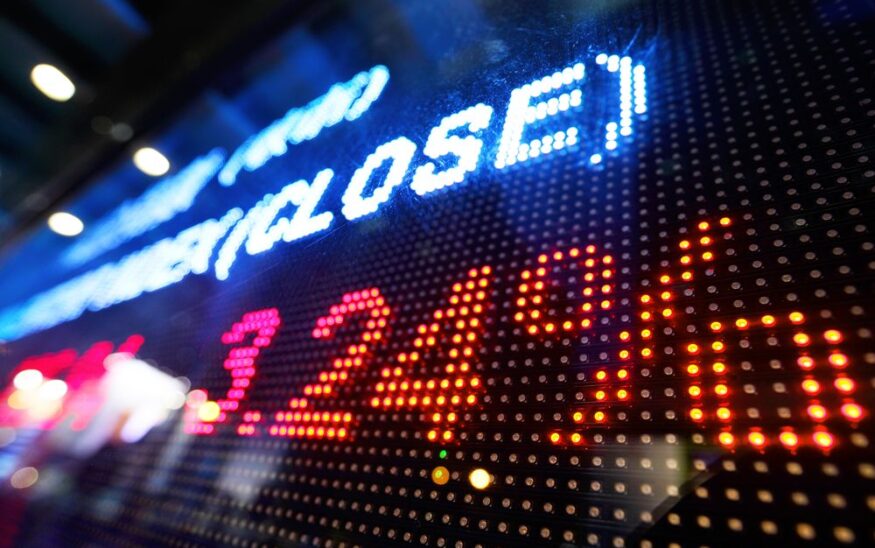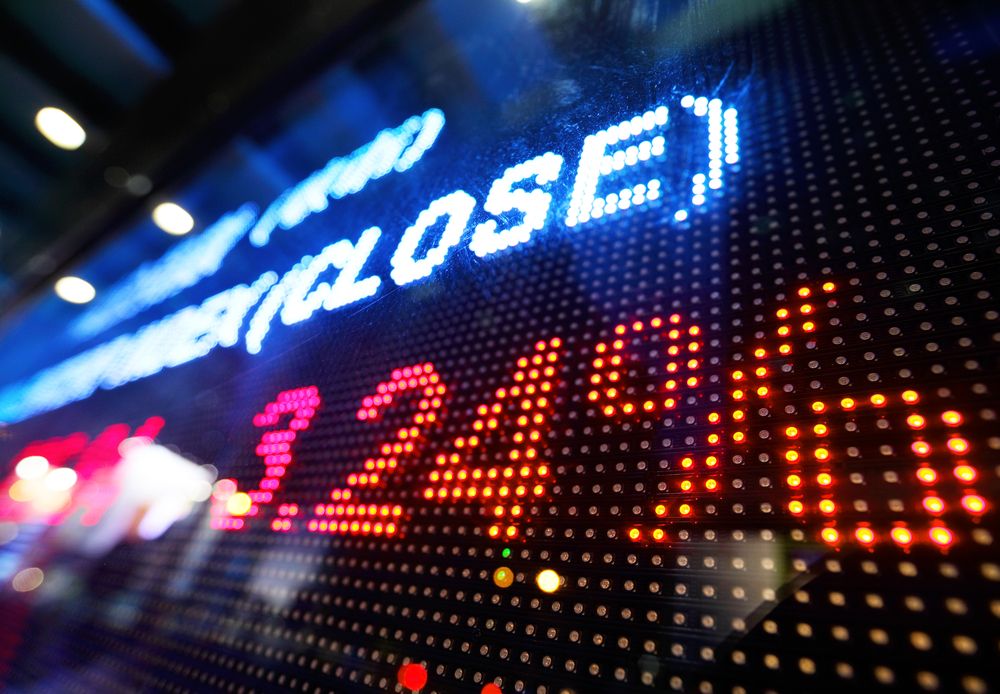The stock market hits 20,000: What happens now?
What does this financial milestone mean?
Stephen Stribling //February 9, 2017//


The stock market hits 20,000: What happens now?
What does this financial milestone mean?
Stephen Stribling //February 9, 2017//

The Dow Jones Industrial Average broke 20,000 last month for the first time in a post-election rally. However, it was short lived lasting only three days before falling below. So what does this milestone mean? Exactly that – just a psychological milestone.
Thousand point moves for the Dow just aren’t what they used to be. When the Dow struggled and finally doubled from 1,000 to 2,000 in 1987, that move represented a 100 percent advance. However, in today’s market, a climb to 20,000 from 19,000 only represents a 5 percent rise.
Moreover, because the Dow is price weighted, any movement in any of the 30 major companies that the index currently consists of can have a large impact on the average. For example, approximately one-third of the Dow’s nearly 1,000 point move since hitting 19,000 in November came from the financial sector, which hardly is indicative of broader market trends. Ultimately the Dow only represents a small number of stocks that make up the broader market.
In fact, some believe that the potential of the S&P 500 approaching a market value of $20 trillion for the first time carries more significance because it is thought to matter more to the performance of retirement and investment accounts.
Many economists believe that current market growth is a result of investors embracing the prospect of tax cuts, regulatory rollbacks and fiscal stimulus following eight years of markets being guided by the Fed’s historically low interest rates. However, investors are also remaining cautious as the new administration begins to roll out its policy agenda, which can ultimately affect the market and the valuations of their portfolios.
Though there is uncertainty surrounding the new administration’s agenda, this may be an opportune time for seasoned investors to add quality exposures to their portfolios. However, if your risk tolerance is lower, we recommend staying tempered in your reactions, avoid making knee-jerk reactions, and focus on your long-term goals.
Dow Jones Industrial Average is a price-weighted index of the 30 “blue-chip” stocks and serves as a measure of the U.S. market, covering such diverse industries as financial services, technology, retail, entertainment and consumer goods. An investment cannot be made directly in a market index.
























